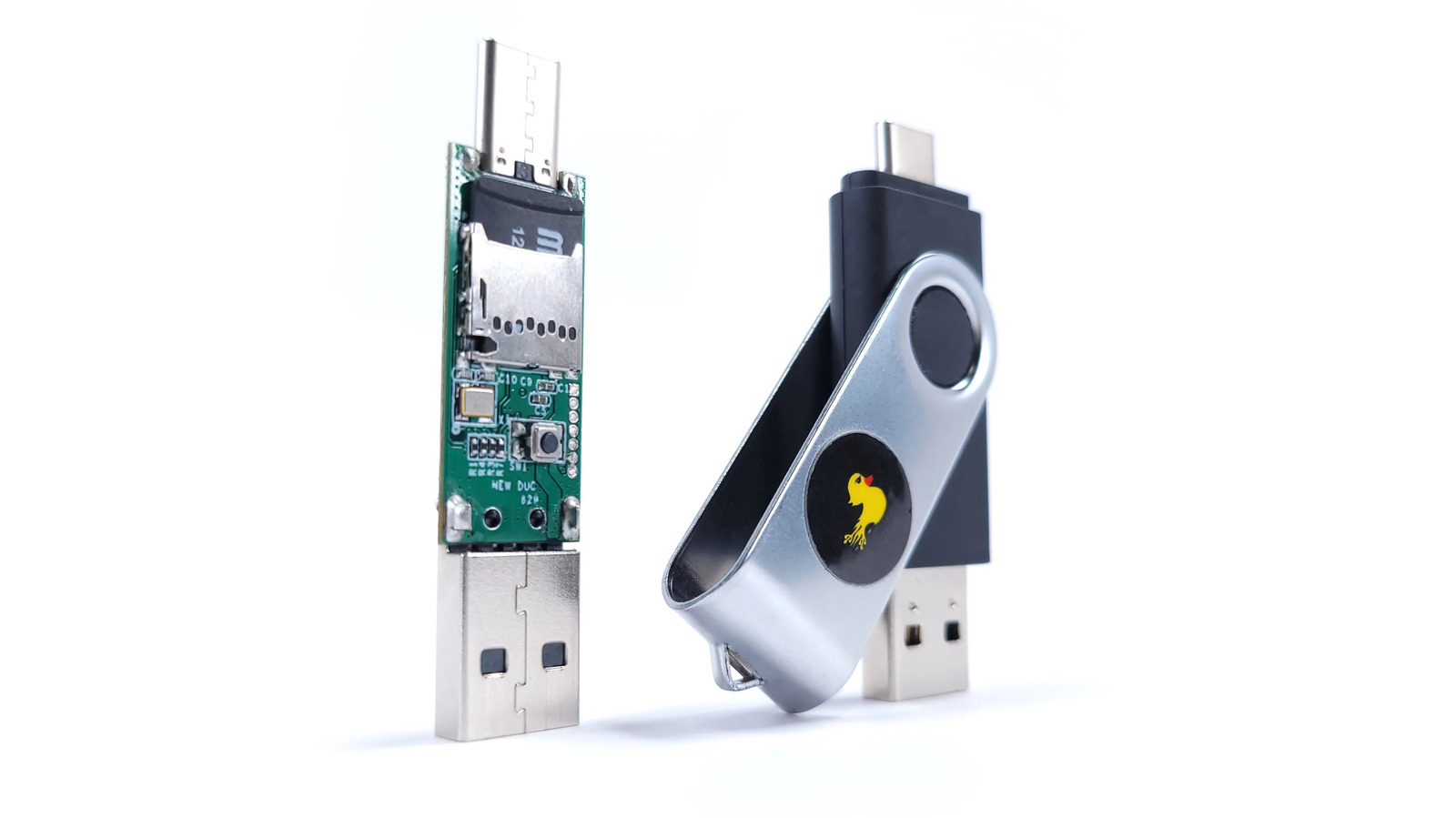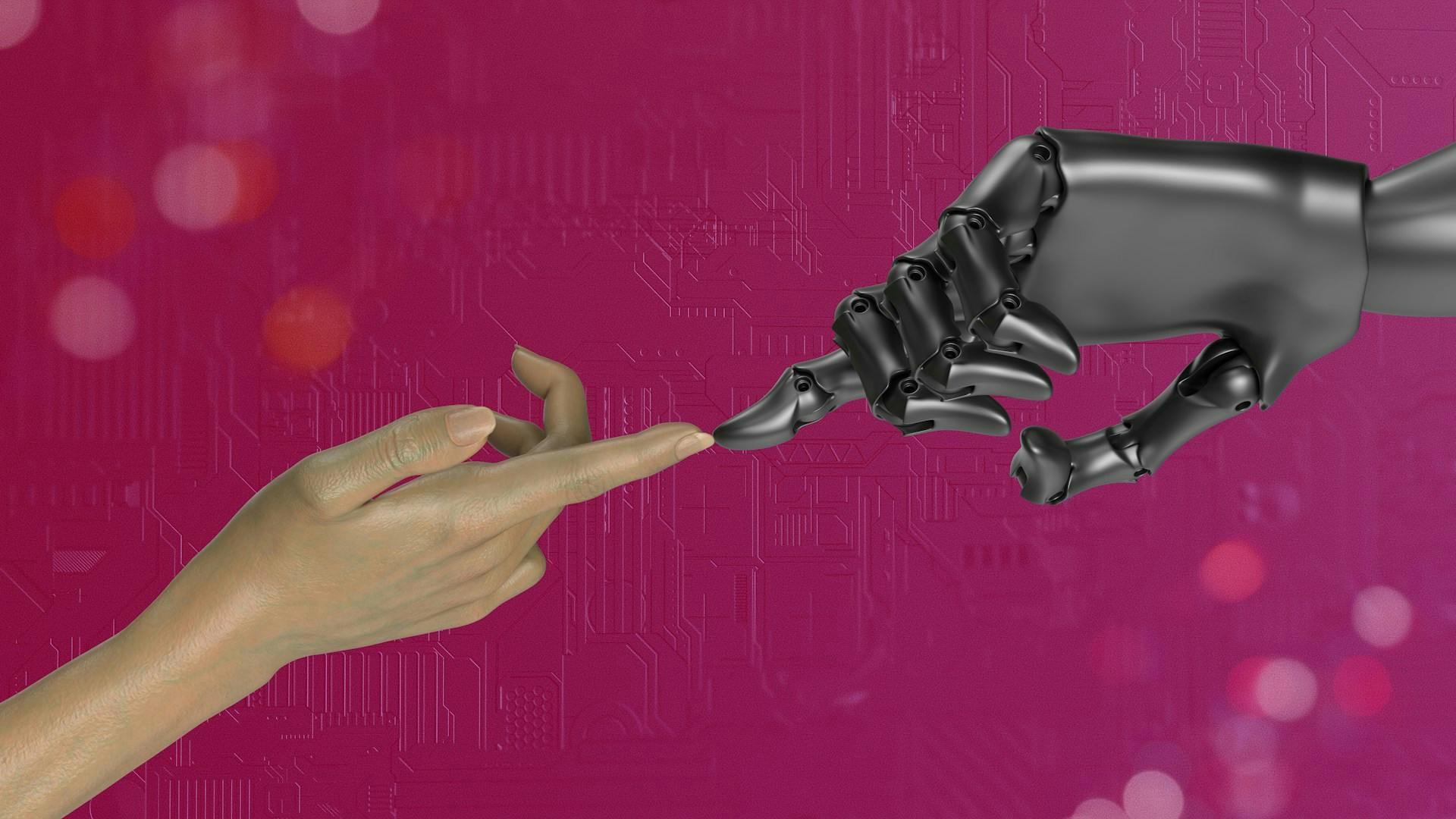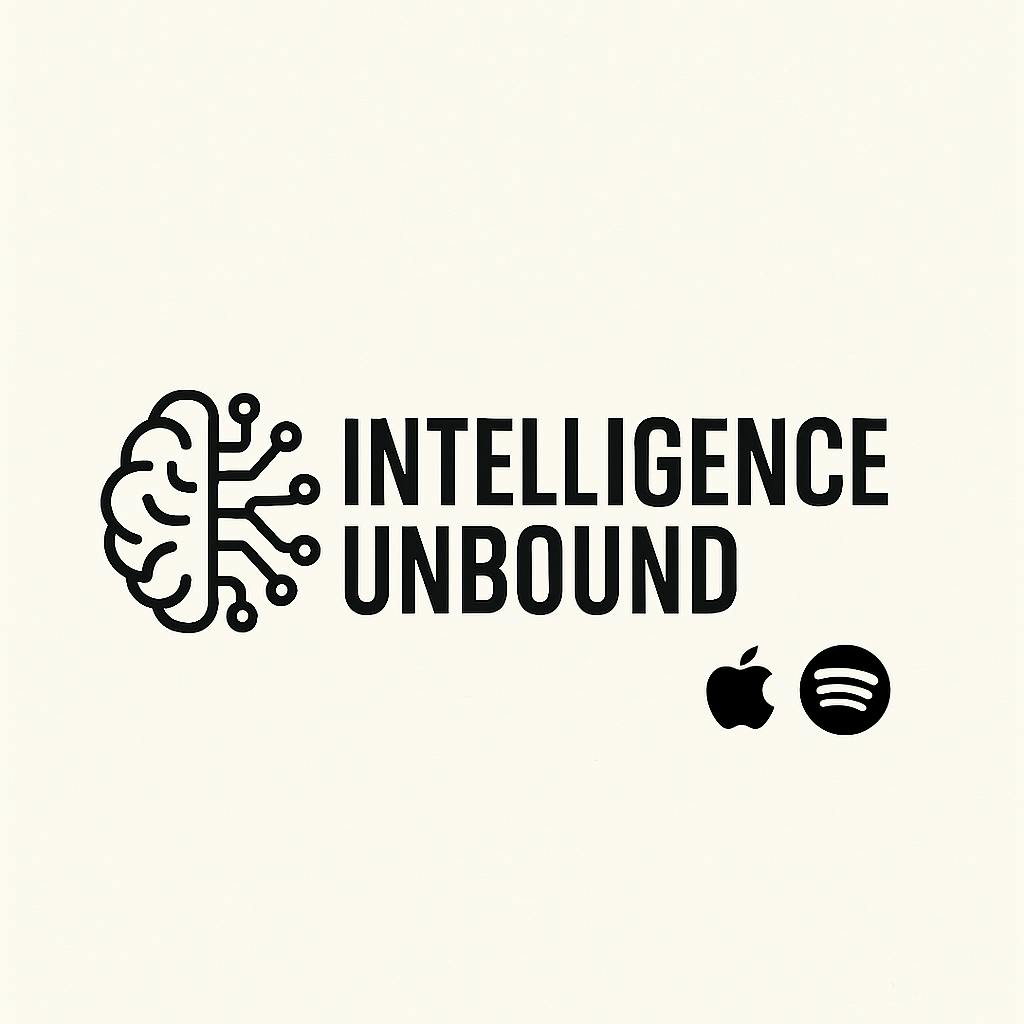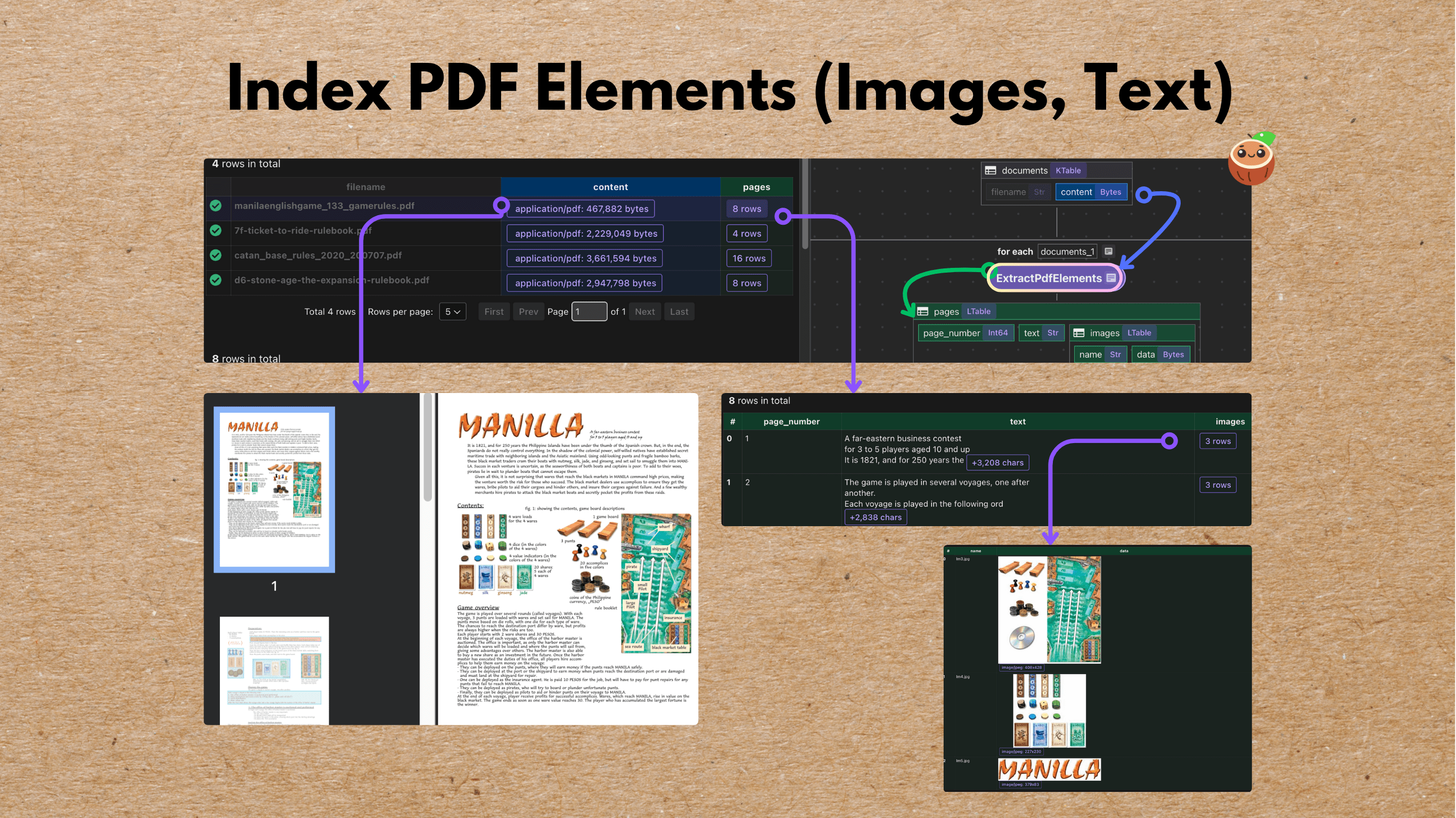We’ve all got them. The notebooks filled with scribbled ideas, the half-finished projects, the “someday” repositories gathering digital dust. For three years, my “someday” project was a 50-page, handwritten draft of a novel. It was a tangible thing, a stack of paper in a box, but the activation energy required to turn it into a working digital manuscript always seemed just out of reach.
Then, life threw a serious curveball a health scare that came with a flurry of heavy, clinical words. I won’t dwell on the details, but it became a powerful, personal forcing function. The concept of “someday” was suddenly replaced with the urgency of “right now.” The project was no longer a hobby; it was a mission.
It was time to digitize. My plan was simple: take photos of each page with my iPhone and feed them into a modern AI with vision capabilities to transcribe the text. What could be easier?
The First Roadblock: Apple’s HEIC Problem
As any developer knows, the gap between a simple plan and a working execution is where the real work happens. I quickly took high-resolution photos of all 50 pages, but when I tried to upload them, I hit an immediate wall.
The native iOS camera format, HEIC (High-Efficiency Image Container), is great for saving space. It’s not so great for compatibility. Many APIs and libraries, including some of the most powerful vision models, are optimized for older, more universal formats like JPEG.
My seamless AI pipeline was blocked at the first step. Manually converting 50+ images was a non-starter. This wasn’t a time for tedious tasks; this was a time for building. So, I did what any developer does when faced with a repetitive, boring problem: I wrote a script to fix it.
The Python Script That Unlocked Everything
The beauty of Python is its vast ecosystem of libraries that can solve almost any problem. In this case, Pillow (the friendly fork of PIL) and the pillow-heif library were the perfect tools for the job.
The goal was simple: point a script at a folder of .heic files and have it spit out high-quality JPEGs in another folder. This little script was the key that unlocked the entire project.
# A simple, effective script to batch convert HEIC files to JPEG
from PIL import Image
import pillow_heif
import os
# --- Configuration ---
# The folder where my iPhone photos were stored
image_folder_path="/home/j/Desktop/book_notes"
# The destination for the converted files
converted_folder_path="/home/j/Desktop/book_notes/converted"
# --- End Configuration ---
# Create the destination folder if it doesn't exist
os.makedirs(converted_folder_path, exist_ok=True)
print('start the process yo')
try:
# A clean one-liner to find all .heic files, case-insensitively
get_the_files = [f for f in os.listdir(image_folder_path) if f.lower().endswith('.heic')]
print(f"Found {len(get_the_files)} this many yo")
for filename in get_the_files:
print(f"Processing: {filename}")
# Construct the full path to the source file
_path = os.path.join(image_folder_path, filename)
# Create the new JPEG filename
jpeg_filename = os.path.splitext(filename)[0] + '.jpg'
jpeg_path = os.path.join(converted_folder_path, jpeg_filename)
print(f"Converting {filename} -> {jpeg_filename}...")
# Read the HEIF file
heif_file = pillow_heif.read_heif(_path)
# Create a Pillow Image from the data
image = Image.frombytes(
heif_file.mode,
heif_file.size,
heif_file.data,
'raw',
)
# Save the image as a JPEG with high quality
image.save(jpeg_path, "JPEG", quality=95)
except Exception as e:
print(f"An error occurred: {e}")
print('you be done yo!')
This script worked flawlessly. In a matter of seconds, my incompatible photo library became a clean, ordered set of JPEGs, ready for the AI.
The Real Surprise: AI as a Story Editor
With the conversion done, I batch-uploaded the JPEGs to a vision-enabled LLM. This is where the true magic of modern AI became apparent.
Here’s the thing: in my haste, I hadn’t uploaded the images in the correct order. Page 1 might have been followed by page 15, then page 3. I was expecting to get back a jumble of transcribed text that I would have to painstakingly reassemble.
What I got back was astonishing.
The AI didn’t just perform Optical Character Recognition (OCR). It understood the context. It recognized page numbers, chapter headings, and the narrative flow of the text. It not only transcribed the handwriting with incredible accuracy but also re-ordered the disparate image inputs into a perfectly sequential document.
This is a monumental leap from the transcription tools of just a few years ago. We’ve moved from simple character recognition to contextual understanding. The AI wasn’t just a typist; it was acting as a developmental editor.
From Raw Text to a Fine-Tuned Model: The Road Ahead
This initial transcription is the 80/20 solution. It gets me 80% of the way there with 20% of the effort. But it’s just the beginning. My forcing function has not only pushed me to start this project but to think about the entire pipeline from end to end.
Here’s my raw project plan from my notes—the real road map for turning this into a serious, long-term asset.
# PROJECT ROADMAP
# 1. Convert Images (DONE)
# - Python script handles the HEIC -> JPEG bottleneck.
# 2. Load to Database
# - Store the raw text and corrected versions for training.
# 3. Run Basic LLM for 80/20 (DONE)
# - Get the initial transcription.
# 4. Make Corrections
# - Manually review and correct the AI's output to create a "golden dataset."
# 5. Load to Fine-Tune LLM
# - Use the corrected text to fine-tune a model specifically on my handwriting and narrative style.
# - Infrastructure thought: A Digital Ocean droplet or similar cloud VM with a 16-32GB GPU should be sufficient for this. Need to price this out.
# 6. Train
# - Run the fine-tuning process. Train multiple versions and compare results.
# 7. Test
# - Feed the fine-tuned model new handwritten pages and test its accuracy against the base model.
n Conclusion
A personal crisis can be a powerful lens, clarifying what’s truly important. For me, it was the catalyst to finally stop thinking about a project and start building it. But the journey also revealed how incredibly advanced and accessible the tools at our disposal have become.
A simple Python script solved a frustrating compatibility issue. A modern LLM did more than just transcribe; it understood narrative structure. And the path forward to building a custom-trained model on my own data is no longer the exclusive domain of large tech companies. It’s a tangible, achievable project for any developer with a clear goal.
You don’t need to wait for a crisis to create your own forcing function. Find that project you’ve been putting off, identify the first technical hurdle, and write the script that gets you past it. The tools are here. The technology is ready. You just have to start.









